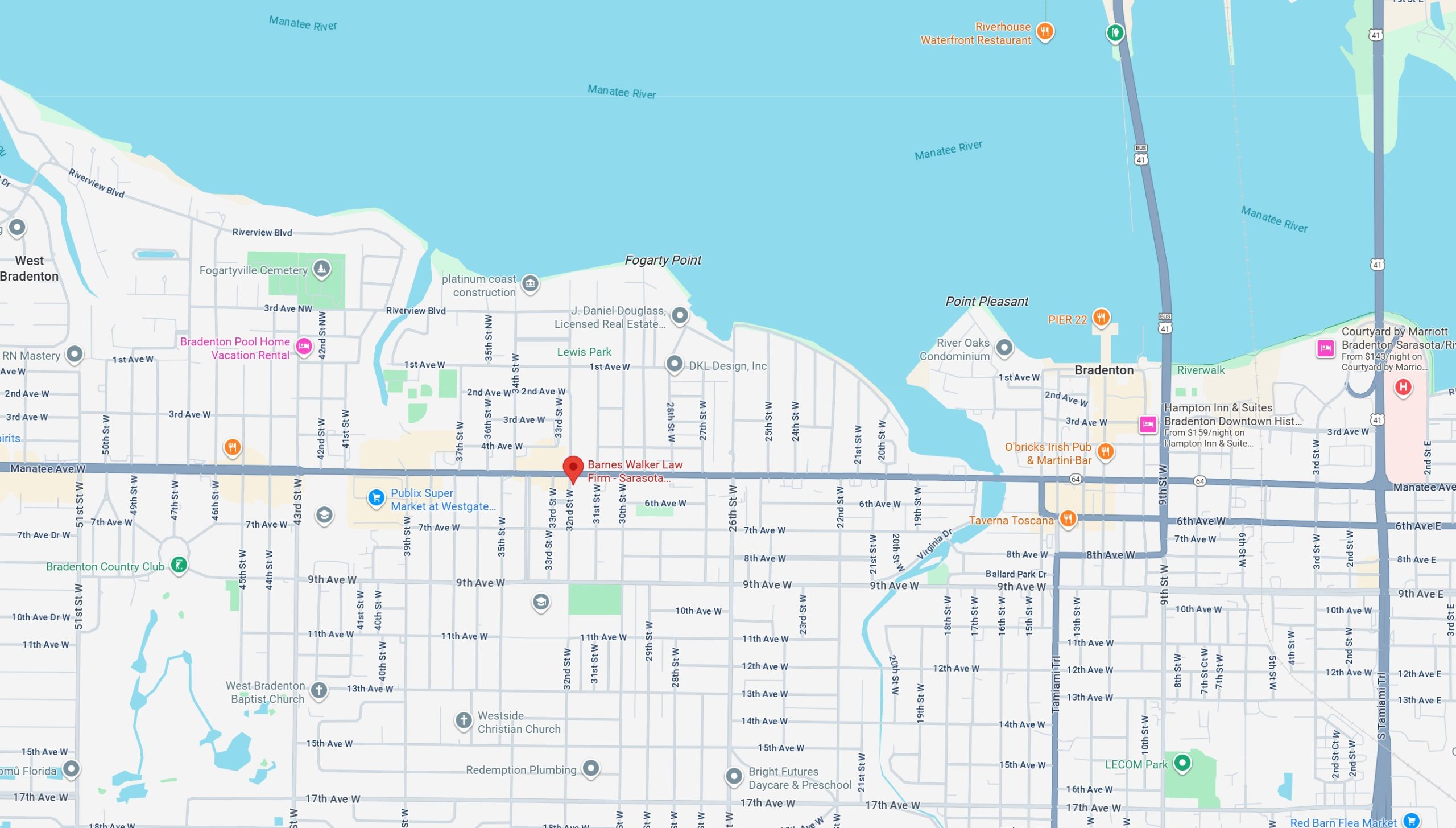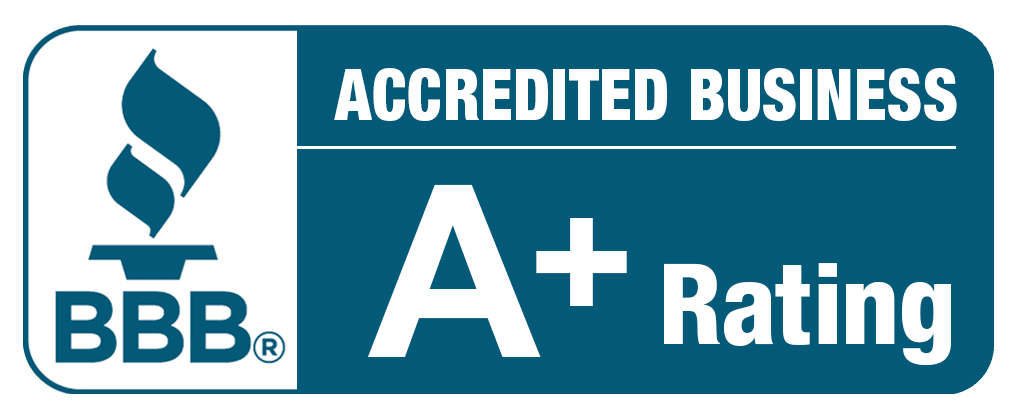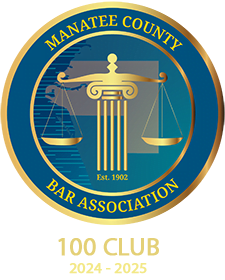Legal Description
Definition:
A legal description is a precise, formal written statement that defines the exact boundaries and location of a piece of real property. It uniquely identifies a parcel of land and is used in deeds, mortgages, and other legal documents to ensure accuracy in property ownership and transfers.

Legal Description Information
A legal description serves as the official method of describing property boundaries, beyond just a street address. It specifies the property’s size, shape, and position within a larger area such as a subdivision or section.
There are several common methods of legal descriptions, including:
- Metes and Bounds: Describes property using measurements, distances, and compass directions starting and ending at a fixed point (monument).
- Lot and Block: Used in recorded subdivisions, referencing specific lots and blocks on a recorded plat map.
- Government Survey System: Common in rural areas, referencing townships, ranges, and sections based on the Public Land Survey System (PLSS).
Accurate legal descriptions are essential to avoid disputes and ensure clear title transfers, as minor errors can cause significant legal and financial issues.
Florida Legal Definition
Under **Florida law**, a legal description is required in most recorded instruments affecting real property, including deeds, mortgages, easements, and leases exceeding one year.
Florida follows the **Public Land Survey System (PLSS)** for most land descriptions, particularly in non-subdivided areas. In addition, for properties in platted subdivisions, the **Lot and Block system** is commonly used, referencing the official recorded plat in the county where the property is located.
The **Florida Statutes, Chapter 177**, regulate plats and surveys, ensuring that legal descriptions conform to recorded data. A deed or conveyance document without an accurate legal description may be considered void or unenforceable.
How It’s Used in Practice
In real estate transactions, the legal description is used to:
- Accurately define the property being bought, sold, or mortgaged.
- Prepare and record deeds, titles, and mortgages in county records.
- Establish boundaries for surveying and resolving disputes.
- Assist title companies and attorneys in verifying ownership and encumbrances.
Surveyors, attorneys, and title professionals rely on legal descriptions to ensure clarity and prevent boundary conflicts during real estate transfers or development projects.
Key Takeaways
- A legal description identifies property boundaries precisely and uniquely.
- Common methods include Metes and Bounds, Lot and Block, and Government Survey systems.
- Florida requires legal descriptions in recorded property documents for validity.
- Legal descriptions must match county records to avoid title or boundary disputes.
- They are essential for deeds, mortgages, and title transfers in real estate law.
Disclaimer: The information and opinions provided are for general educational, informational or entertainment purposes only and should not be construed as legal advice or a substitute for consultation with a qualified attorney. Any information that you read does not create an attorney–client relationship with Barnes Walker, Goethe, Perron & Shea, PLLC, or any of its attorneys. Because laws, regulations, and court interpretations may change over time, the definitions and explanations provided here may not reflect the most current legal standards. The application of law varies depending on your particular facts and jurisdiction. For advice regarding your specific situation, please contact one of our Florida attorneys for personalized guidance.
Visit our legal department pages:
Real Estate Attorneys
Business Attorneys
Litigation Attorneys
Estate Planning Attorneys
Inheritance Attorney
Probate & Trusts
Trust • Experience • Results
Ready to Get Started?
Get started with Barnes Walker today.








